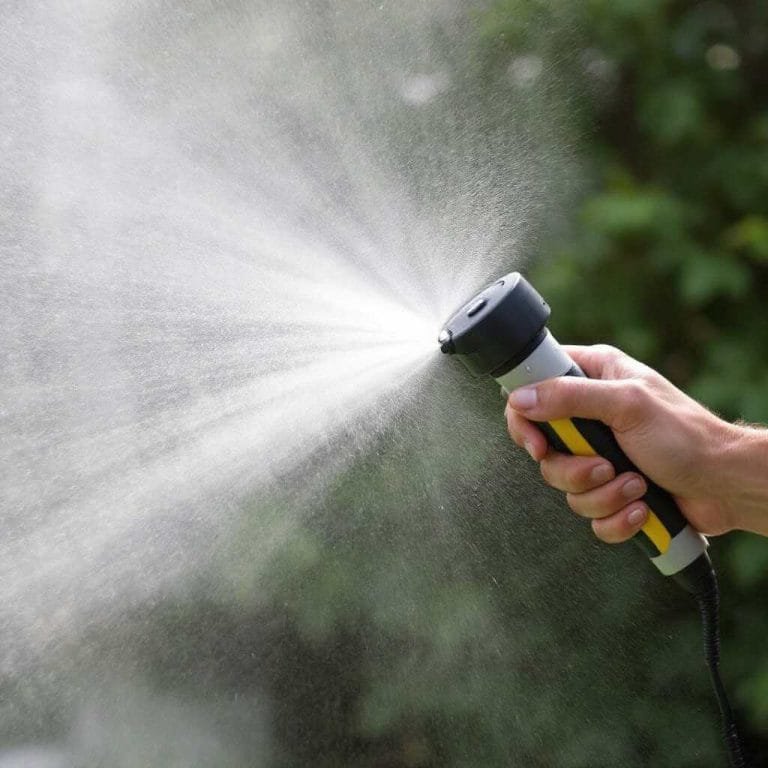Underfloor heating systems have gotten a name for themselves as a sustainable method for warming up a home. They have been proven to offer much higher energy efficiency levels than traditional heating methods like radiators, and they help heat much larger areas at once.
If you’ve just had underfloor heating installed in your home, or you’re considering doing so, you may want to discover the best ways to get the most out of the system. Luckily, we have all the information you need to ensure you have an oasis of comfort throughout your property while keeping costs down simultaneously.
What is underfloor heating?
If you already have the system, you know the basics of underfloor heating. But do you know exactly how it works? There are two main types of underfloor heating systems, and they each work using different components:
Water underfloor heating
Water underfloor heating is the most popular system for people to warm up their entire home or commercial property. It works by installing a series of pipes and tubes below the flooring. When turned on, warm water flows through the tubes, going through the insulation and flooring and heating the area above.
Electric underfloor heating
Electric underfloor heating works similarly to its water counterpart but with different components. Instead of pipes and tubes, it has a series of cables or heating mats placed below the flooring of a property. When turned on, an electrical current will go through the components and warm the room above. It is a system best used for singular rooms.
Best methods for underfloor heating efficiency
So, how do you ensure your underfloor heating system, no matter the type, works to its best ability? Here are our top tips for you to follow:
System design and installation
Guaranteeing the efficiency of your underfloor heating starts during the installation process. With the right processes used by a trained expert, you might be able to experience the heat you desire. It’s essential to have the right level of insulation in place for efficiency, which includes the material type and correct size.
Similarly, an expert will also know how to calculate the heating load and determine how many materials you need, whether tubes or heating mats. They’ll also zone each area in your room to customize the heating and ensure it offers ultimate comfort and warmth in the long run.
Flooring considerations
The installation of the actual underfloor heating system affects its efficiency, and so does the type of flooring you choose to go above it. Some materials don’t conduct heat as much as others, so you must ensure you choose a type that provides you the warmth and comfort you want while also matching your aesthetic.
Flooring materials are known to conduct heat much better, including tile stone and engineered wood. These go well in modern-looking properties and aren’t complex to install. If you wish for the best efficiency, avoid insulating floor coverings such as carpets and thick rugs, as they can impact heat transfer.
Temperature control
Once your underfloor heating system is installed, you must ensure that you’re controlling the temperature accurately, as it can affect how your system works. Setting the right temperature will increase your system’s longevity and ensure it’s working to its best ability. Check your system’s user guide for recommended temperatures.
It’s also recommended to adjust the temperature of your underfloor heating based on occupancy and activities. For example, turn off the heating if no one’s in the house. Similarly, if you have a daily time when no one’s home, you can program the system on a timer to ensure it’s off and then put it back on when you return.
Regular maintenance
When you’ve invested in an underfloor heating system, the last thing you want is to pay out for frequent repairs that affect how it operates. That’s why it’s essential to stay on top of regular maintenance to ensure it continues to work how you wish, and you can enjoy the warmth and comfort of a fully operational system.
There are a few things you can do to maintain your underfloor heating. If you have a water system, ensure you regularly bleed the system and check for leaks. If you have an electric system, ensure no cables are damaged. For both, conduct regular cleaning and dust removal to prevent any damage.
Common issues to address
If you follow the tips above, you should have an underfloor heating system working at its optimal level and helping you save on your monthly energy bills. However, there may be a few issues you come across that affect how it works before you can make use of these tips:
- Uneven heating – This could be due to air bubbles in your water system or an issue in your cables in an electrical system.
- Energy spikes – Your thermostat might not be working, or there could be a problem with the system itself.
- Not heating up fast enough – You might need to recalibrate your thermostat, or there is an issue below the floors.
The best thing to do with any of these issues is contact a trained professional to help you out unless you have the know-how yourself.
Final thoughts
Underfloor heating systems are true gems in warming homes, so you want to ensure they give you all you deserve. By following the tips we have provided above, not only can you live in complete comfort and save money on energy bills each month, but it can also help you stay more sustainable. It also increases the lifespan of the system.
If you want more help looking after your system, or you want to have one installed, it’s best to consult a trained professional for advice first. They can give you all the necessary information and help you stay on top of it for years.







